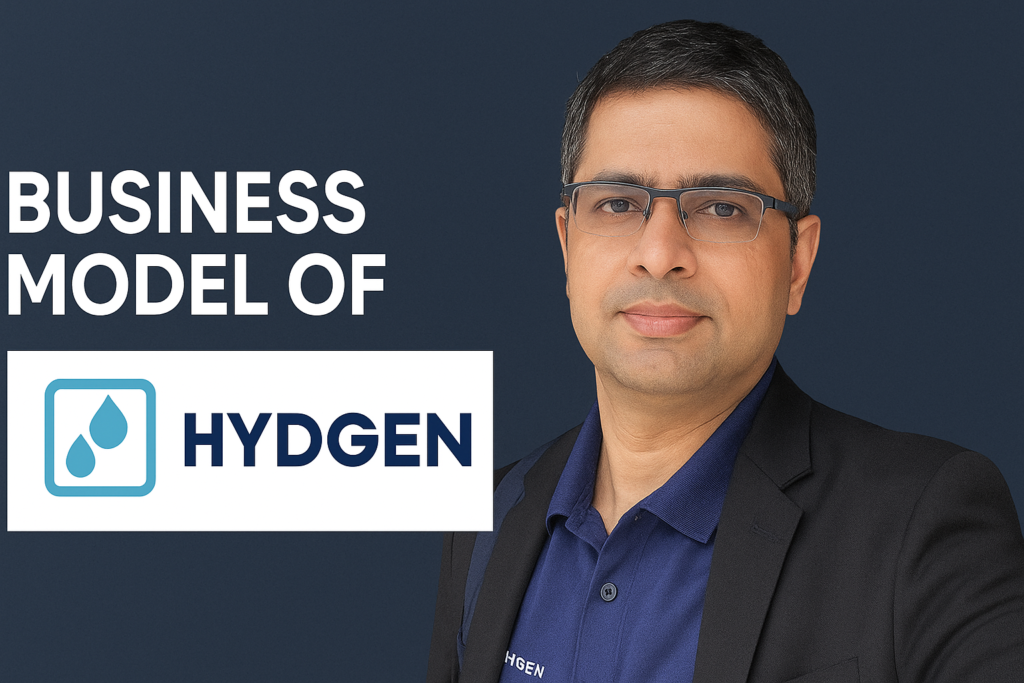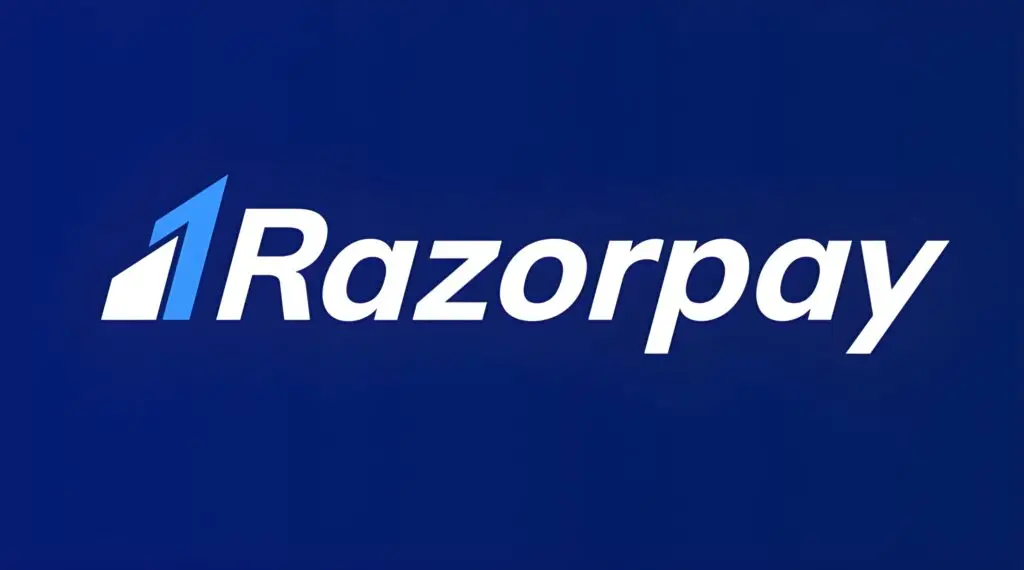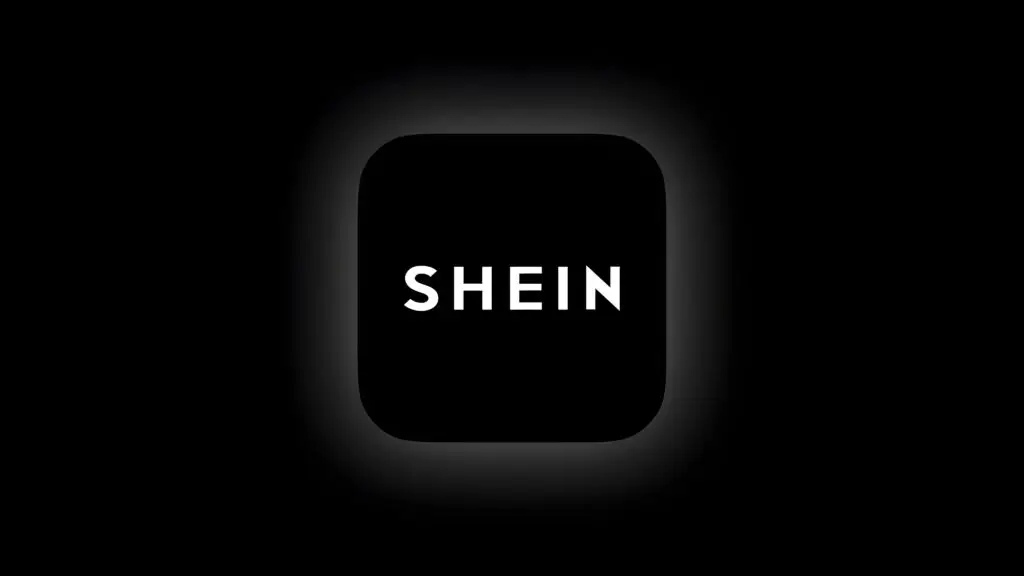| Category | Details |
|---|---|
| How Hydgen Started | Founded in 2024 as a spin-off from National University of Singapore’s Graduate Research Innovation Programme (NUS GRIP 2.0). Co-founded by Dr. Manippady Krishna Kumar (COO), Dr. Goutam Kumar Dalapati (CTO), and Dr. Michael Gryseels (Chairman). Originated from academic research at A*STAR, Singapore’s Agency for Science Technology and Research. |
| Present Condition | Raised $6.49 million across 3 funding rounds (latest $5 million in October 2025). Operates dual headquarters in Singapore and Mangalore, India. Currently offers 1kW-100kW modular systems with 250kW under development. Active pilot projects in India, Singapore, and Southeast Asia, with several partners moving to commercial scale. |
| Future of Hydgen & Industry | India’s green hydrogen market projected to grow from $5.59 billion (2024) to $25-34 billion by 2030 (CAGR 20-40%). National Green Hydrogen Mission targets 5 million metric tons annually by 2030. Hydgen expanding to Japan, Europe, and Middle East markets. Industry expected to create 600,000+ jobs and attract $88 billion investments. |
| Opportunities for Young Entrepreneurs | Electrolyzer manufacturing market could reach $5 billion by 2030 and $31 billion by 2050. Opportunities in on-site hydrogen production systems, storage solutions, transportation infrastructure, fuel cell applications, and green hydrogen testing facilities. Government providing subsidies, tax breaks, and R&D funding under National Green Hydrogen Mission. |
| Market Share of Hydgen | Hydgen ranks 21st among 97 active competitors in hydrogen electrolyzer space. Top competitors include Verdagy, ITM Power, and H3 Dynamics. Positioned in emerging AEM technology segment, which represents next-generation solution between traditional alkaline and premium PEM systems. Currently focused on small-to-mid-scale industrial applications. |
| MOAT (Competitive Advantage) | Proprietary AEM technology eliminating expensive platinum-group metals (65% lower stack costs, 75% lower catalyst costs vs PEM). Triple innovation in catalyst, membrane, and bipolar plate designs. Produces 99.9% pure hydrogen. Modular, scalable systems from 1kW to 250kW. On-site production eliminates logistics costs. First team to scale AEM to industrial levels while maintaining cost leadership. |
| How Hydgen Makes Money | Sells modular AEM and PEM electrolyzer systems to industries requiring on-site hydrogen production. Target sectors: chemicals, semiconductors, oil refining, steel, fertilizers, pharmaceuticals, mobility (fuel cells), and lab-grown diamonds. Revenue from equipment sales, installation, and likely ongoing maintenance contracts. Business model focuses on replacing delivered grey hydrogen with on-site green hydrogen production. |

My Name is Adarsh and I am Empowering startups with high-quality content at Startups Union and bridging the gap between brand stories.




